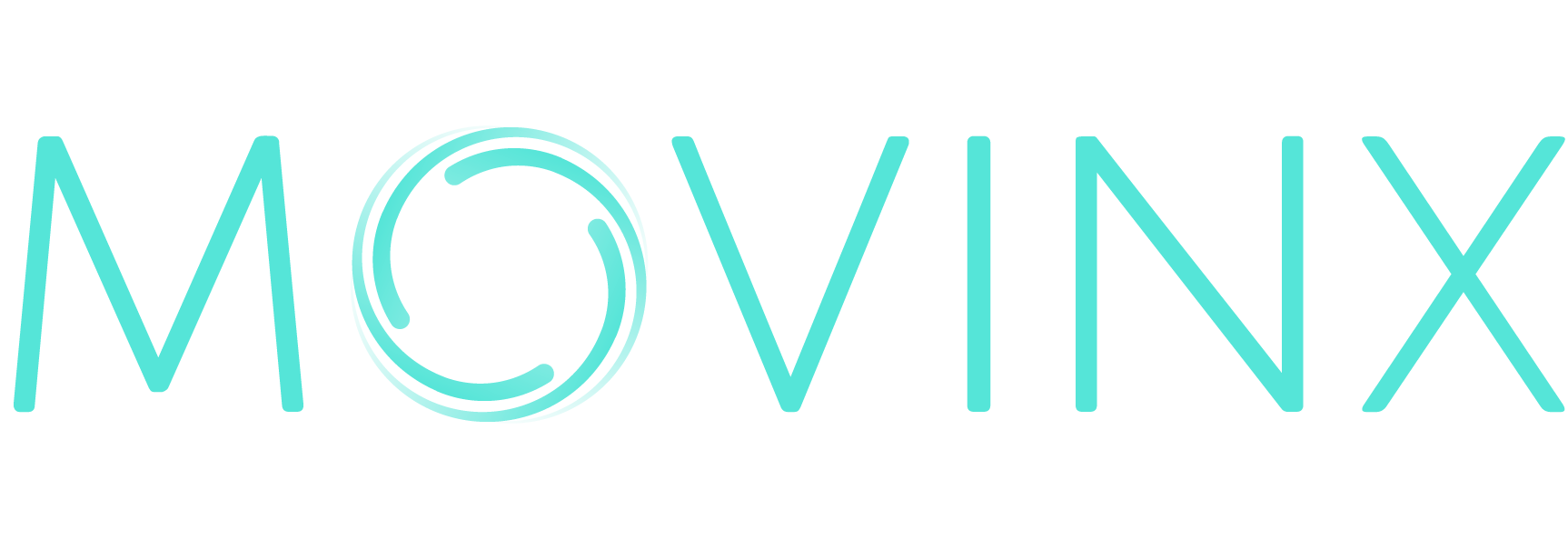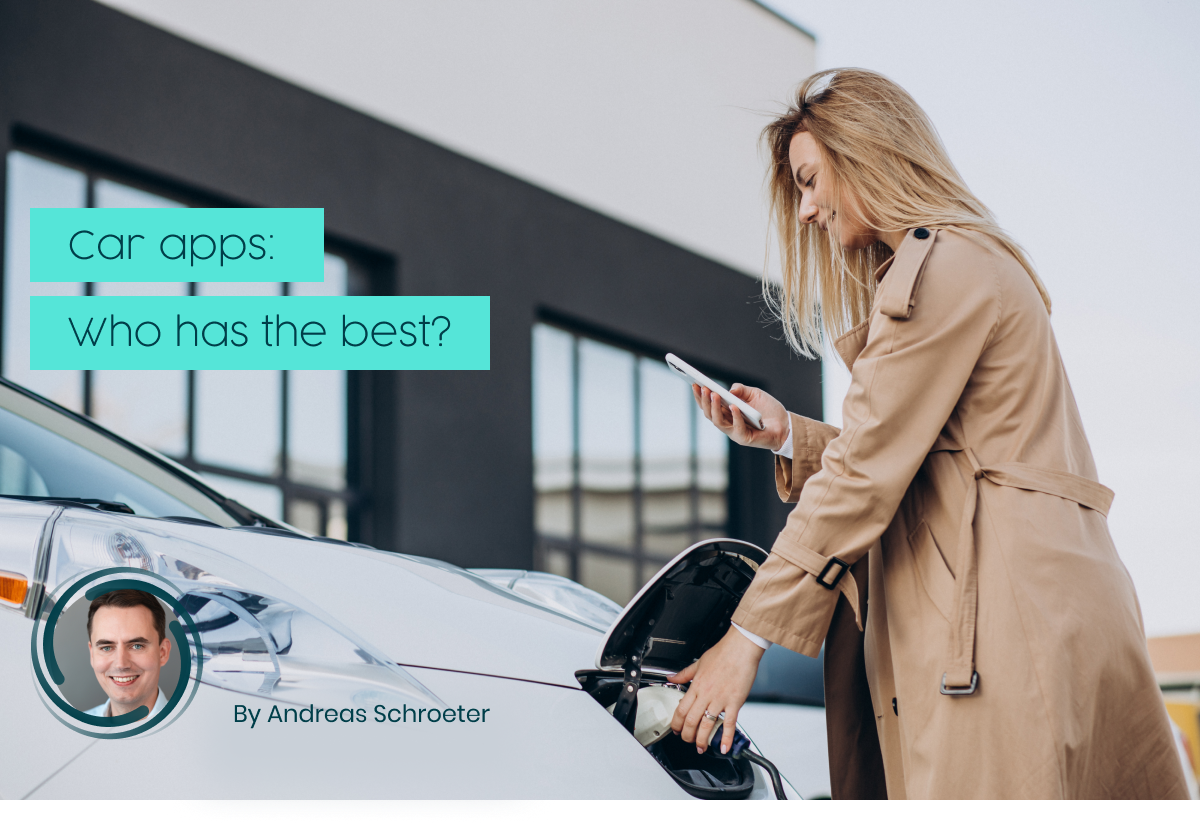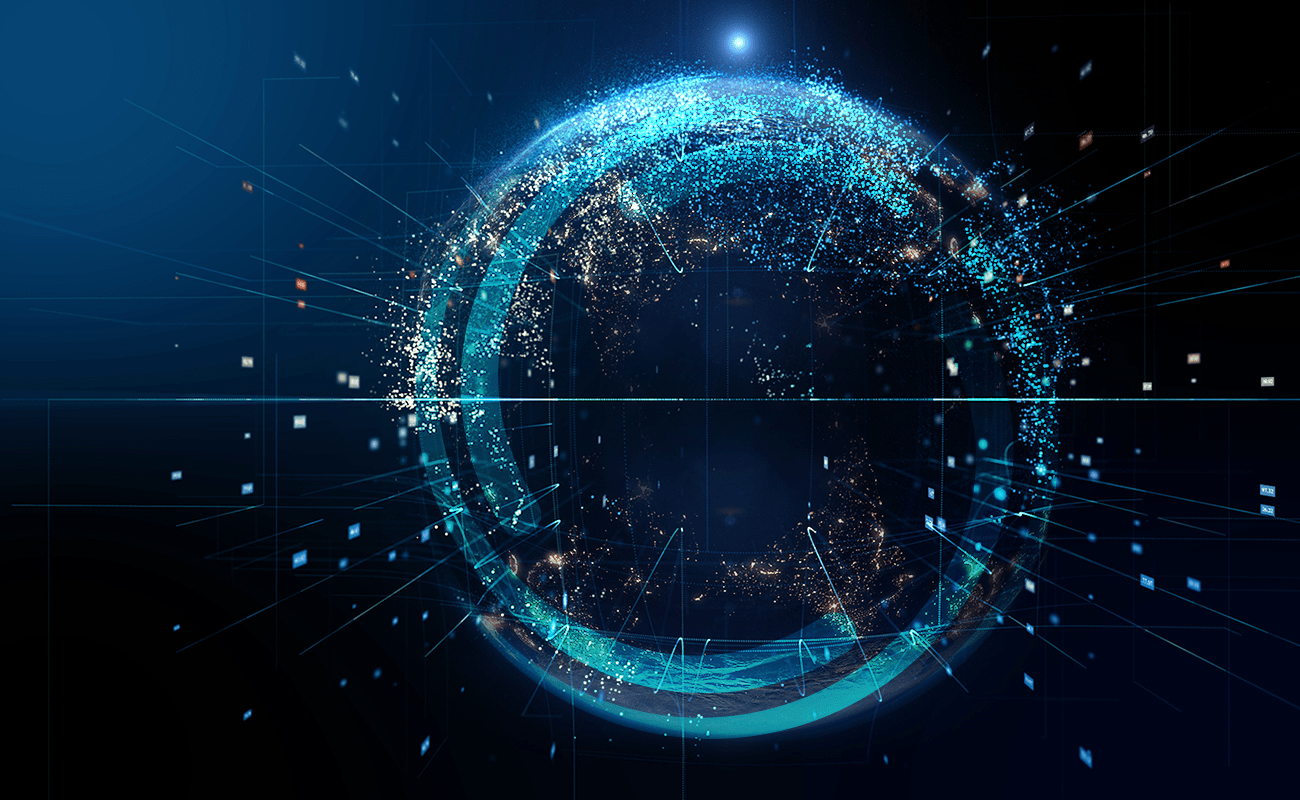10 predictions for car insurance in the next 10 years
By Dr. Andreas Schroeter, Chief Product Officer at Movinx
The car insurance industry is facing probably the largest disruptions of the last decades, due to the increasing availability of data and the imminent mass-adoption of AI. Our team of experts in insurance and tech, combined with our footprint across the US and Europe, has provided us with core audience insights on this and emerging trends. This is what our 10 predictions of what car insurance will look like in the next 10 years, at Movinx.
Risk assessment.
The bread-and-butter business of insurance, ensuring a healthy loss ratio will remain the key pillar of profitability.
1. With the rise of AI and the increasing availability of data, underwriting models will shift away from traditional customer data for better and more granular risk assessment. The first ubiquitously used data model will be telematics. In ten years, most policies sold will include telematics in some form.
2. Telematics scoring will move inhouse to insurers for two reasons. First, insurers will see this as core to their business (differentiation via rating models). Second, data availability for their customers will be large enough to power their own rating models.
3. Driving scores will rise next to the existing national bonus/malus programs (mostly based on years without claims). However, there will be no standardized programs/portable driver scores available yet as insurers will struggle to be nationally consistent.
Risk prevention.
AI and data will allow to move one step further, from assessing to preventing risk. ADAS is the first step: visible for the driver and proven to reduce claim frequency. Beyond its wide-spread adoption, we see three additional progressions:
4. Distracted driving due to smartphones will become so prevalent that legislators will introduce new laws. Legislation will require car manufacturers to warn drivers of distracted driving, like fatigue warnings, already available in newer cars. ADAS’ role in pricing will thus become more prevalent, requiring detailed vehicle ADAS specifications beyond the traditional vehicle factors.
5. Autonomous driving will not have its mass-adoption breakthrough moment yet. Upper end cars will come with level 3 autonomous driving as a standard, allowing drivers to switch over control especially in stop-and-go traffic. This will require car insurers to know whether the AV module was turned on or off during an accident, for understanding who is liable.
6. Driving feedback will be part of the regular driving experience. With telematics becoming the de facto standard, car insurers and car manufacturers will give drivers feedback on a regular basis on how to improve their driving habits.
Claims.
Probably the most annoying to both customers and insurers, claims is one of the main reasons why people churn. In the next ten years it will be all about speeding up the process for the customer, increasing both customer satisfaction and the insurer’s bottom line. Two major contributing factors are:
7. Most insurers will be able to get a FNOL (first notice of loss) in real time, leveraging accident detection through smart insurance apps or connected car data. This in turn will enable the insurer to reach out to the customer right away and get started on the claims process, saving the insurer money and speeding up the process for the customer. The customer calling in for a claim will become a thing of the past.
8. Insurers will leverage additional data sources to get a full picture of the accident without having to wait for a claims adjuster. This will include weather data and street images based on the GPS location from the FNOL, plus data from the FNOL that was gathered immediately before the crash, such as speed and direction the car was going in. In addition, legislation will bring new opportunities, such as the car event data recorder (the car “black box”), which is gradually being introduced in the EU until 2026.
Market.
While the slow decline of the agency towards direct will continue, we see two major opportunities for growth:
9. Car manufacturers will include insurance in their portfolio just like leasing offers, embedding it into the car purchase process. The deep integration in combination with connected car data will make the insurance sign-up almost invisible, the customer having to answer (almost) no insurance-related questions.
10. Embedding insurance into a mobility bundle will go from niche to mass market. Subscription car offers will be available from many companies, be it startups, rental car companies or traditional leasing companies. Most car manufacturers will jump into the game and offer a new fourth standard on how to buy a car besides cash, lease, and finance – an “all included” lease + insurance bundle/subscription offering. This will go hand-in-hand with other subscriptions from the OEMs that customers can book conveniently via the car app.
Insurers embracing the ten above trends will see superior loss and combined ratios, setting themselves up for a healthy portfolio.
Thanks to Hiya Gaine, Lina Osorio, Polina Sergeeva, Jansen Ng and Florian Herrmann (Germany office), Zy Ralene du Crest, Hervé Gadé and Marie Vaschalde (France office) and Keith Gaudin (US office), for their input in putting this article together.
Curious about our model?
Integrated insurance doesn’t happen overnight and that is why Movinx exists. We are the bridge between OEMs and insurance providers, helping them to provide a seamless insurance experience for drivers. If you want to learn more about how we work, check out our other articles, filled with our team’s insights.
Related Posts
Car apps: Who has the best?
In my previous post I predicted that car apps will have a similar impact on the car market as the iPhone did on the mobile phone market. In this post I will deep dive into the car apps as of today.
The virus as a digital booster
As in other industries, the pandemic has also triggered a boost in the digitalization of processes and products in the insurance industry.
How car apps will transform the auto industry
Car apps will become standard as part of a subscription within the next years (with basic features being free), opening up a whole new era of mobility.
Fast, easy, direct
The future belongs to insurance companies which can provide mobility protection right at the point of sale – online. To conquer this digital world, insurance carriers still have a lot to learn.





